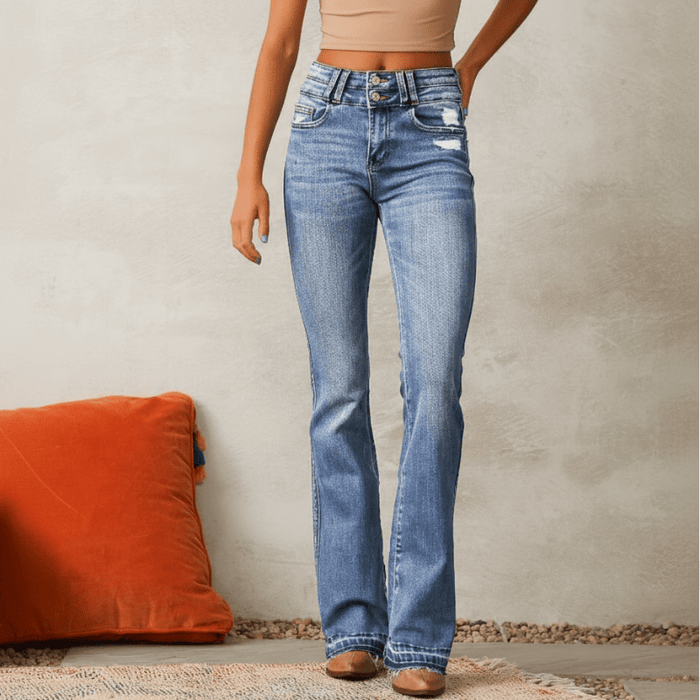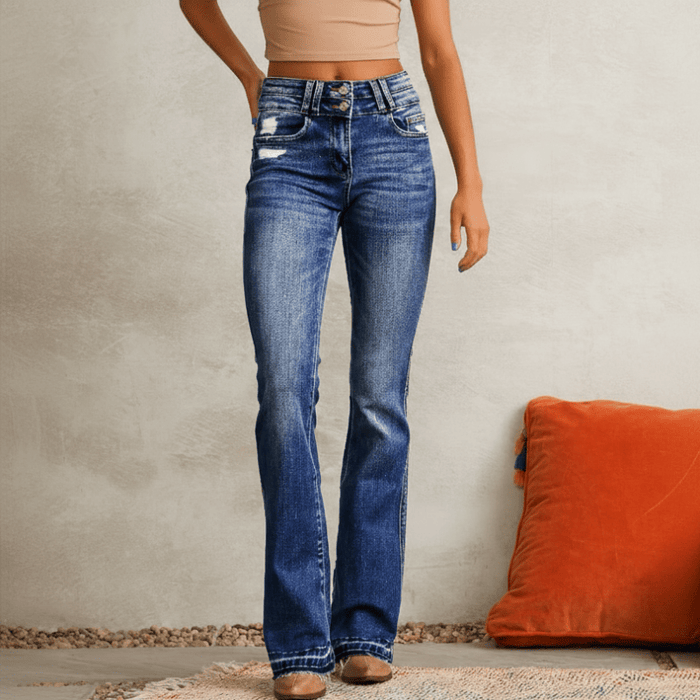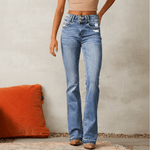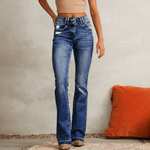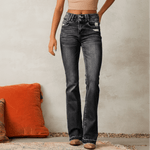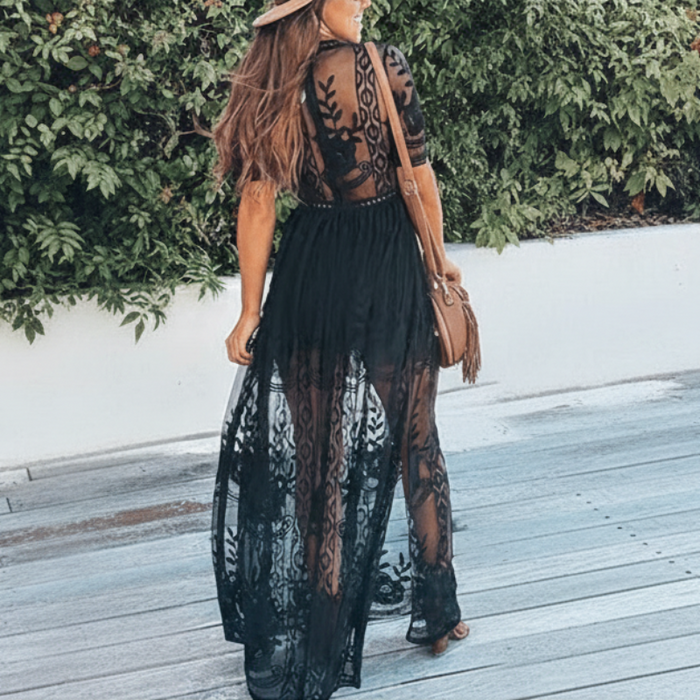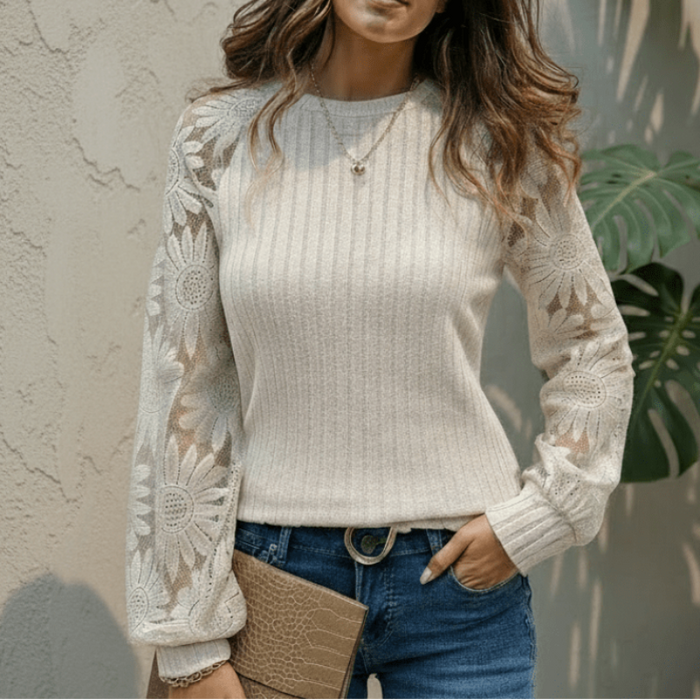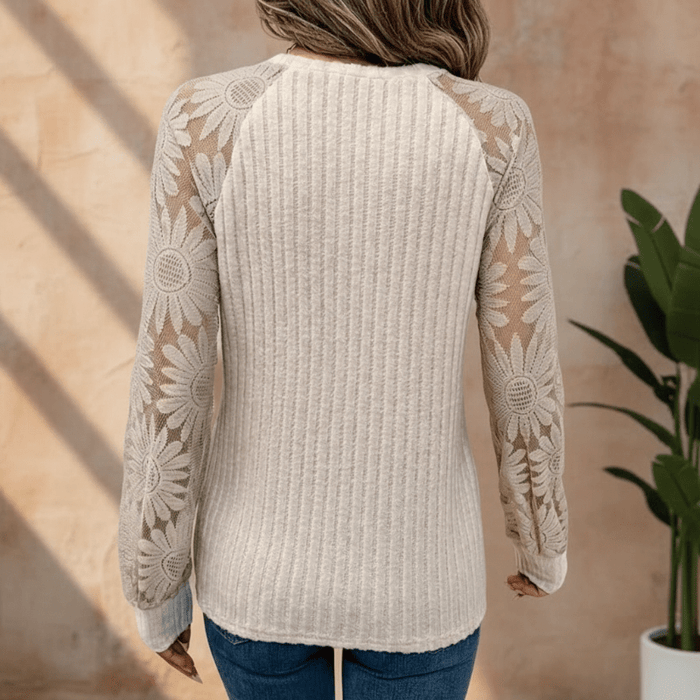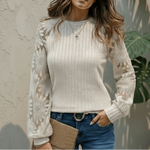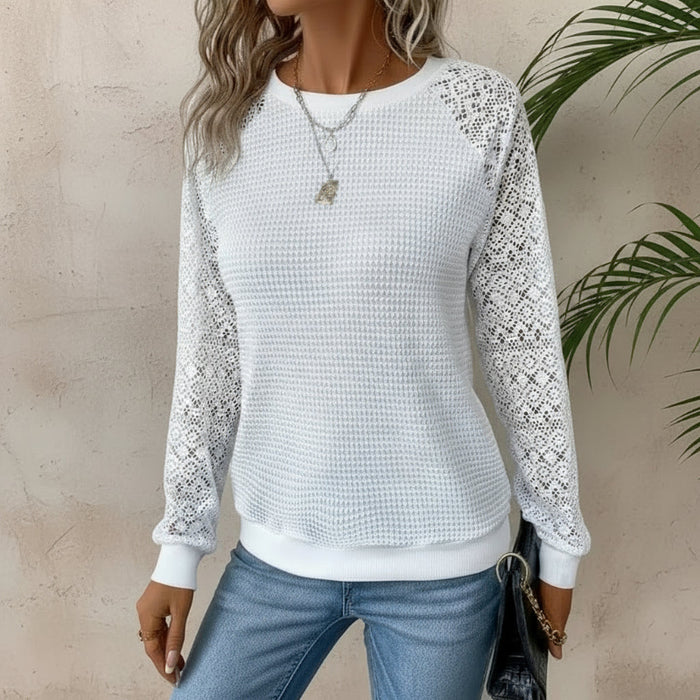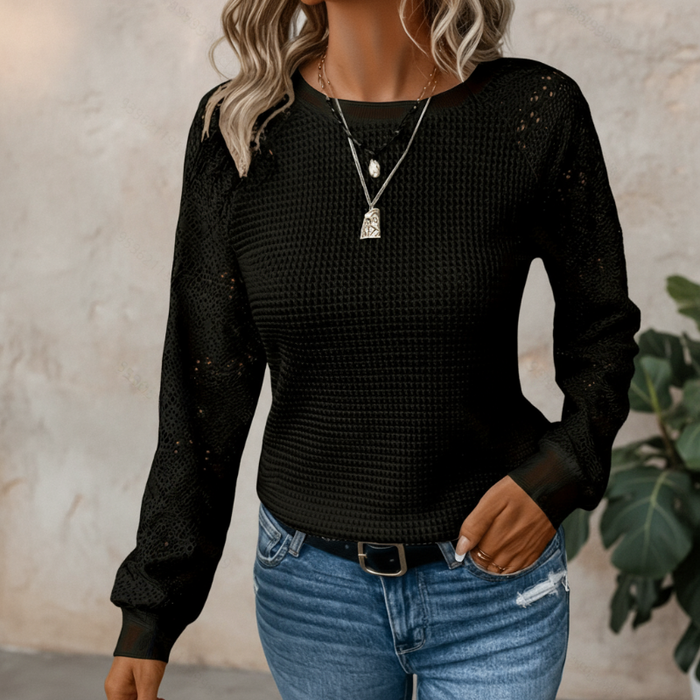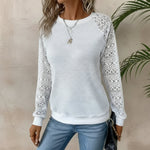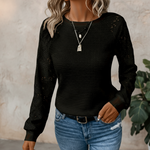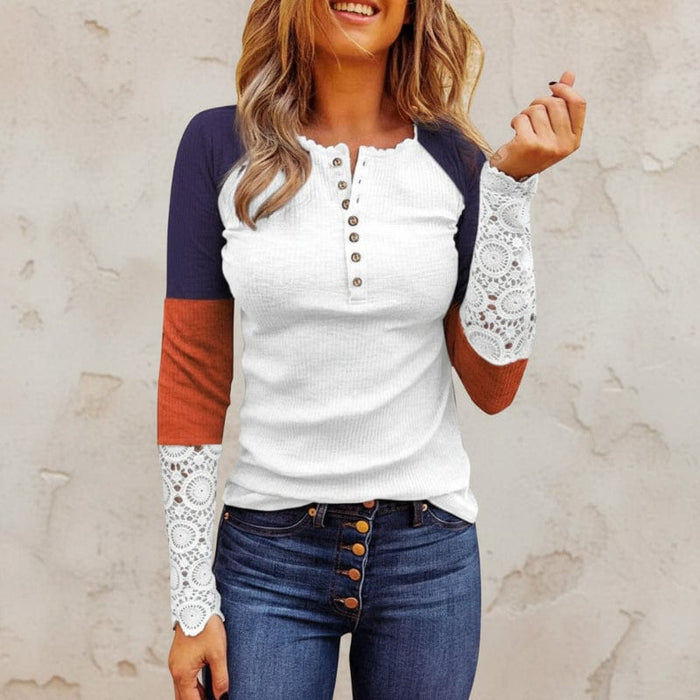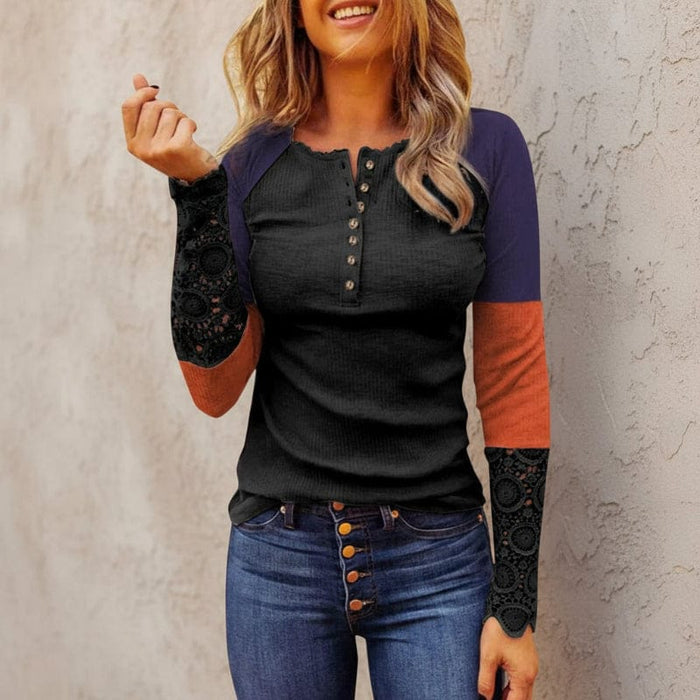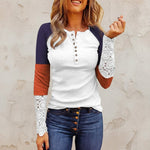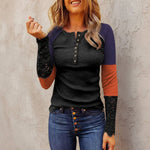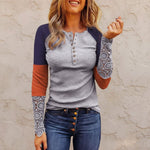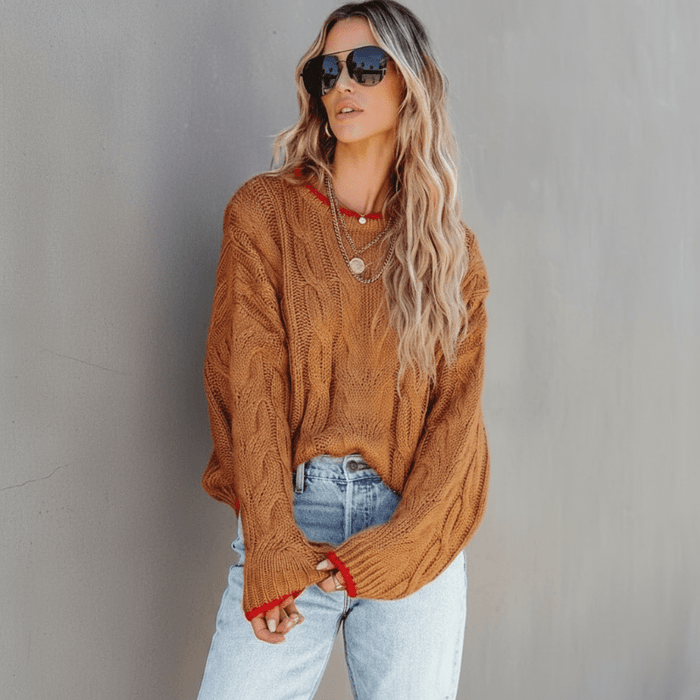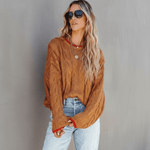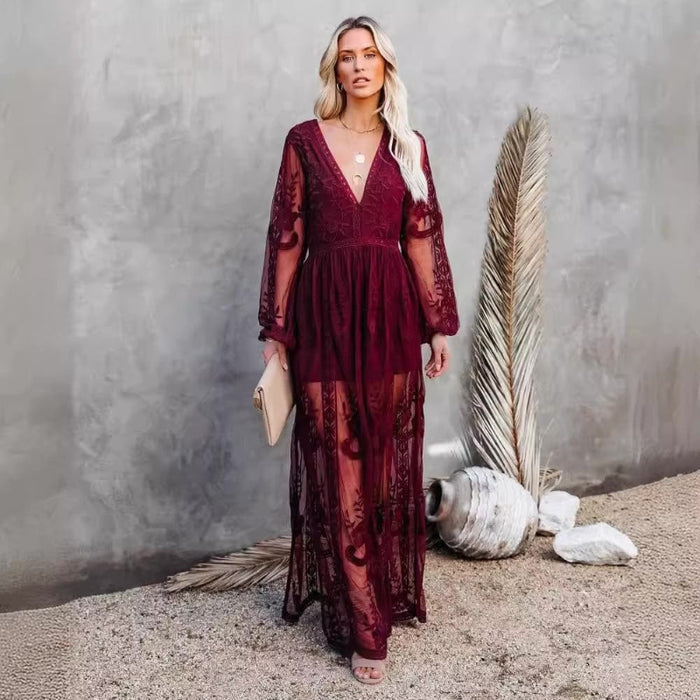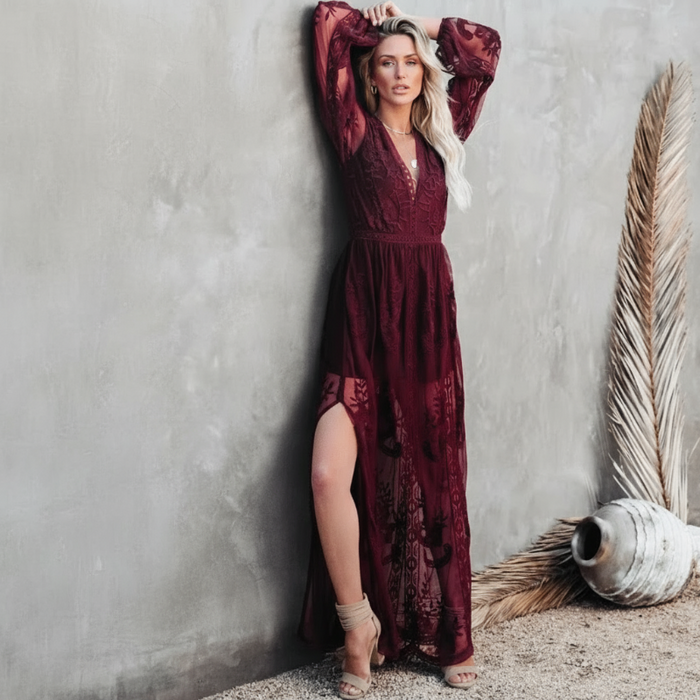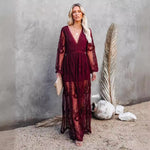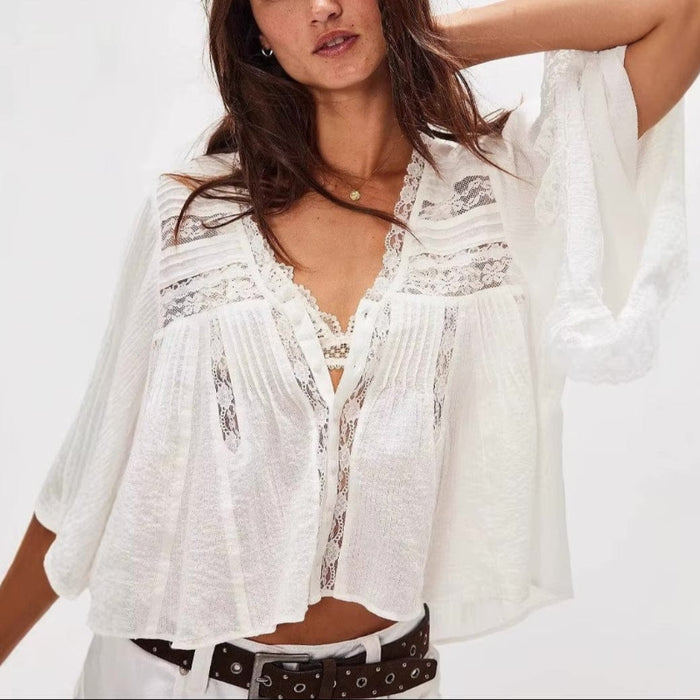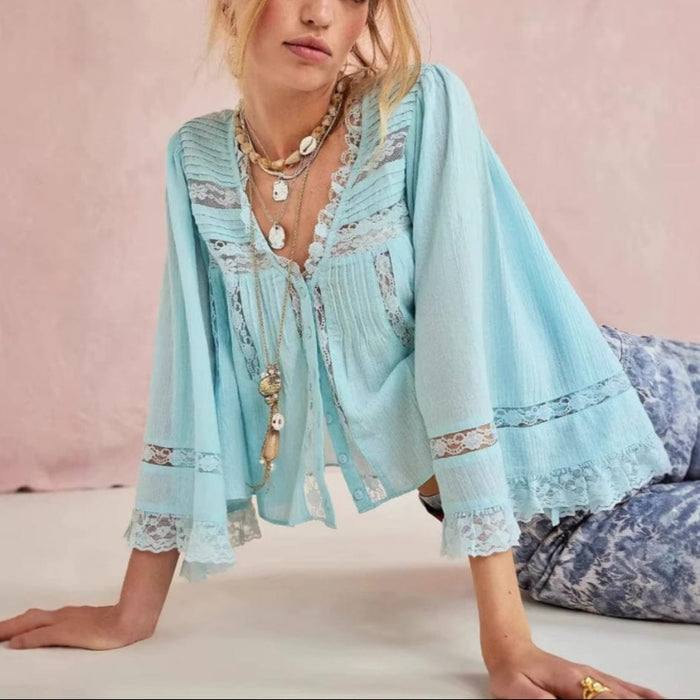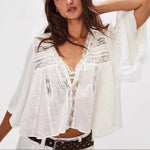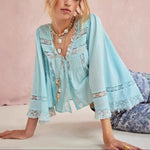The terms “boho” and “hippie” are highly popular in the fashion world, but each style has its own unique culture with a rich origin story and background. Though these styles have many overlapping similarities when it comes to styling elements such as accessories and clothing material, there are still several ways that you can identify boho style vs. hippie style and determine what the difference is between the two. At Boho Beach Hut, we are well-versed in bohemian fashion, culture, and more, but we can still appreciate and dive into what makes hippie styles super popular, too. Both hippie and boho styles are prominent in the fashion industry, having maintained fandom since their inception. Read on as Boho Beach Hut looks at the details that comprise boho and hippie styles, where they come from, how they relate, and how they differ.
When Boho Style Came Onto the Fashion Scene
Though many people initially believe that style from the ’60s and ’70s is what influenced boho-chic looks, bohemian style actually dates back to the mid to late 1800s. To give you a better idea of how it differs from hippie culture, let’s take a brief look at where boho style originates.
1800s France
A huge reason boho looks are associated with artists, writers, painters, and other creatives is that they’re the ones responsible for creating the first versions of the bohemian fits we know and love today. Most creatives were confined to poverty during the French Revolution, causing an outburst of innovation when it came to finding and making sustainable, affordable, comfortable outfits from worn clothing.
As the economy became more stable, creatives expanded their wardrobes even further. Much of the credit for early bohemian style goes to travelers originating from the Balkan area of Eastern Europe, then known as Bohemia. The nomads’ mainland quickly became a common term to describe the savvy and stylish expressions that derived from this era.
A Fashion Collab Between Romantics and French Bohemians
Before there was Louis Vuitton x Supreme, Nike x Michael Jordan, or Gucci x North Face, there was the fashion collaboration between Romantics and French Bohemians in the 19th century. It was during this time that boho style, materials, and accessories expanded even further.
Romantics and French Bohemians incorporated loose and breezy materials, East Asian elements, and medieval components into their fashion. The eclectic blend of textiles and jewelry veered away from the fashion norm of the 19th century and gave boho the air of being random in nature yet specific and detailed.
Boho Evolution
Since the late 19th century, boho fashion has continued to evolve, expanding its audience and maintaining popularity. The style has influenced much of the fashion world, as many other fashion styles have pulled inspiration from boho style’s trendy elements. Hippie style is one example of a type of fashion that pulls heavily from boho nature. Though similar to boho, hippie styles have different origins, which we’ll look at next.
When Hippie Style Came Onto the Fashion Scene
Hippie style originated from the hippie counterculture established in the 1960s and 1970s. Most of the hippie movement was formed by college students and other 20-somethings as an opposition to America’s involvement in the Vietnam War, which lasted from 1955-1975.
Though hippie culture has political roots, most hippies were not directly engaged with political aspects. In addition to arguing against US involvement in war, hippies opposed capitalism and materialism, developing a lifestyle that highlighted carefree living, love, and pacifist ideas. Hippies often rejected society’s idea of a normal life trajectory: school, job, marriage, etc.
Music became a huge part of hippie culture, with iconic music groups like the Grateful Dead, the Beatles, and the Rolling Stones, being warmly welcomed into hippie repertoire. Large music festivals, such as Woodstock, served as spaces for hippies to rejoice over their favorite music and musicians.
Elements of Boho and Hippie Fashion
To further inspect what the difference is between boho style and hippie style, Boho Beach Hut explores the vast elements that make up each fashion type.
Different Elements of Boho Style
Boho style highlights clothing that’s very relaxed and flowy. Bell, trumpet, and bishop style sleeves are common on tops and dresses to emphasize the idea of loose-fitting figures. Mixed prints and embroideries are also commonplace amid boho style wardrobes, as are turquoise and antique jewelry pieces, braid detailing, and patchwork designs.
Most boho-chic individuals practice layering, whether that be with jewelry or clothing. Different length necklaces make it easy to create an engaging layered look that doesn’t overwhelm the outfit.
Bohemian sundresses are revered for their relaxed silhouettes, making them the ideal option for warm summer days. Boho-style dresses range from midi to maxi, so you can find one that suits your preference for dress length. No matter the style you choose, you can be sure of a comfortable fit, as the majority of boho dresses will offer the favored breezy figure.
For shirts, the loose silhouette still applies. Boho blouses are light, airy, and made of materials that breathe (which makes them so great for summer).
When it comes to boho pants, distressed denim and harem pants are among the most popular. Long skirts are another common option since you can dress them up or down. Because boho culture is so big on comfort, you’ll find that most boho bottoms are made of comfortable materials and designed to look casual and lax.
Popular Colors and Patterns for Boho
- Neutral tones: browns, whites, greens, grays, etc.
- Lace
- Trellis
- Ikat
- Floral
- Tribal
- Kilim
- Paisley
- Polk
- Lattice
- Macrame
- Tie-Dye
- Patchwork
Different Elements of Hippie Style
Hippie style also favored loose-fitting t-shirts and dresses. Peasant blouses and bell-bottom jeans were all the rage, along with all things floral and fringe. Because handmade clothing was super popular amongst hippies, personally dyeing clothes became popular. This practice is why tie-dye is heavily associated with hippies today.
It was also common for hippies to don halter tops, long and breezy skirts, vests, and peace patches. Long hair was commonplace, as were flower crowns to rest atop hippies’ heads.
Popular Patterns for Hippies
- Floral
- Tie-dye
- Op art
- Paisley
- Stripes
- Psychedelic designs
- Regular
- $48.95
- Sale
- $48.95
- Regular
-
$79.95
- Unit Price
- per








